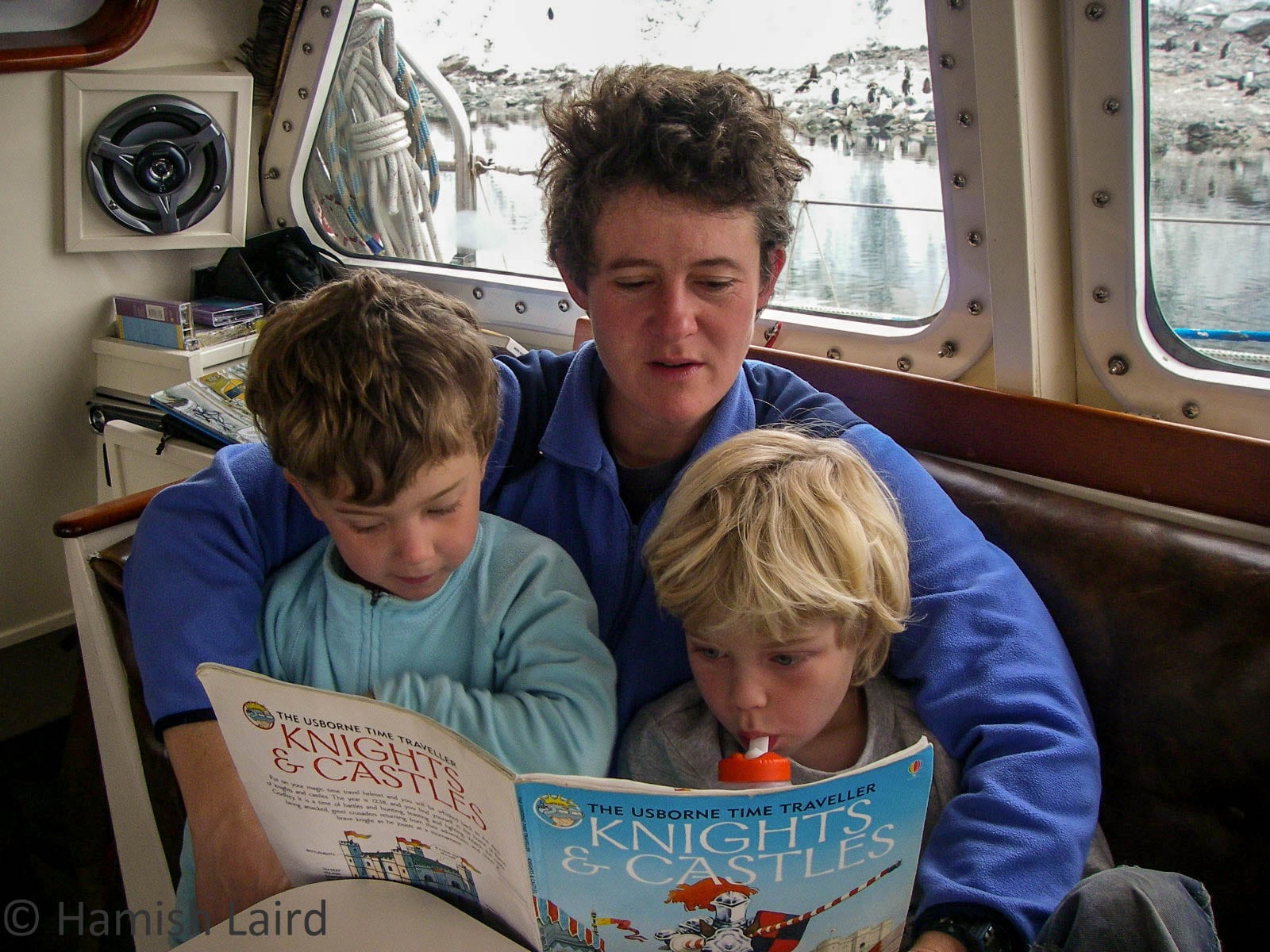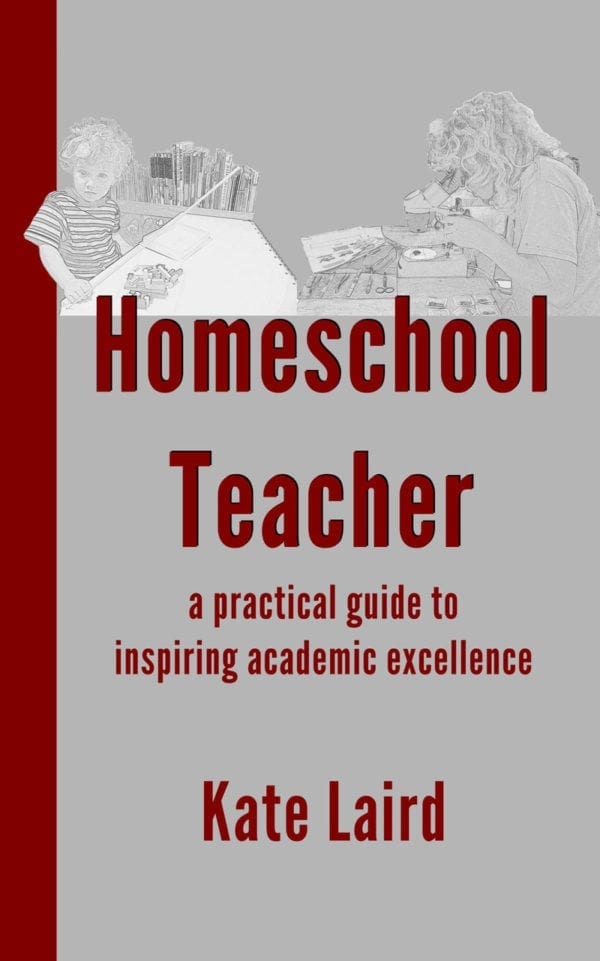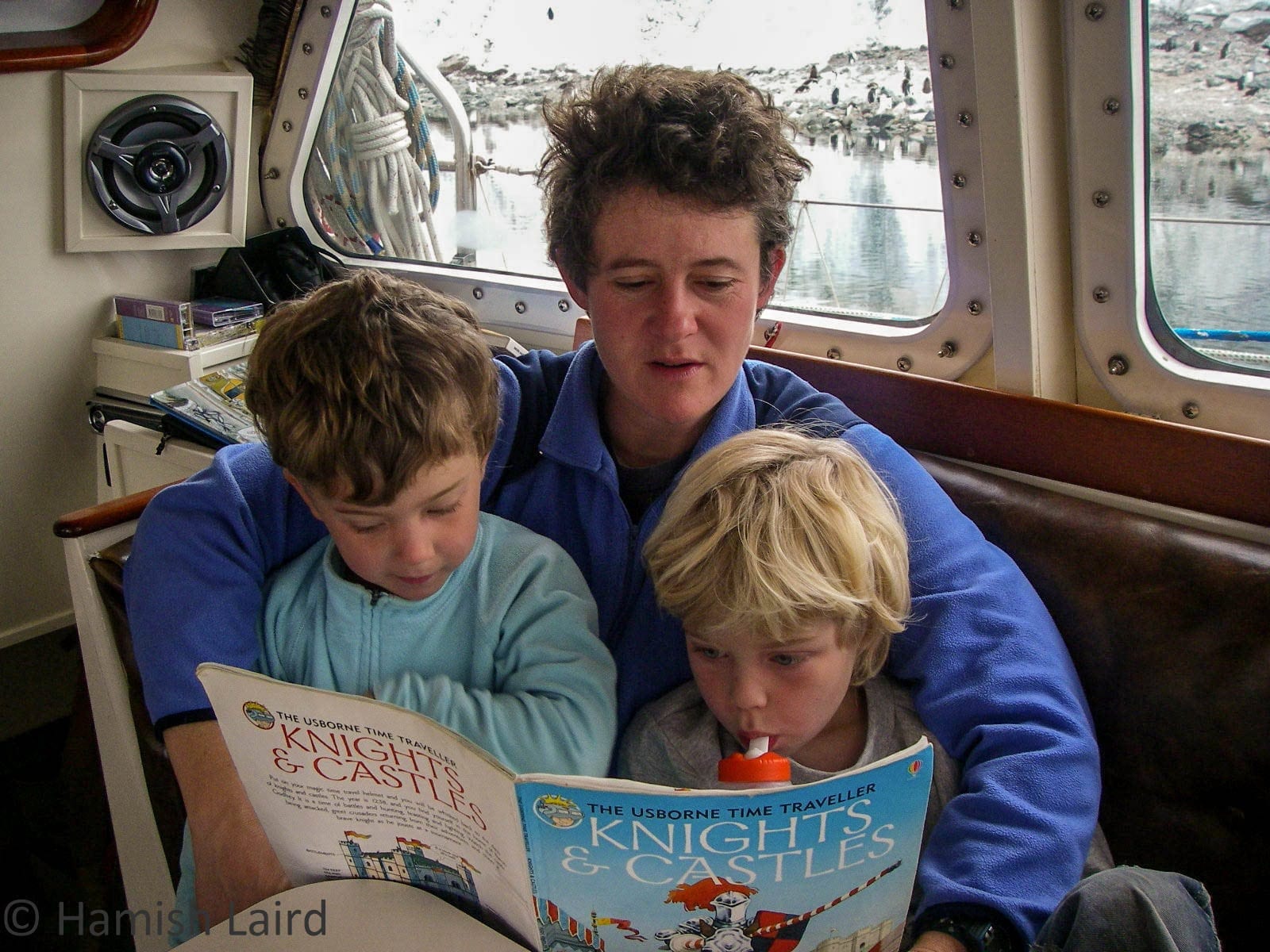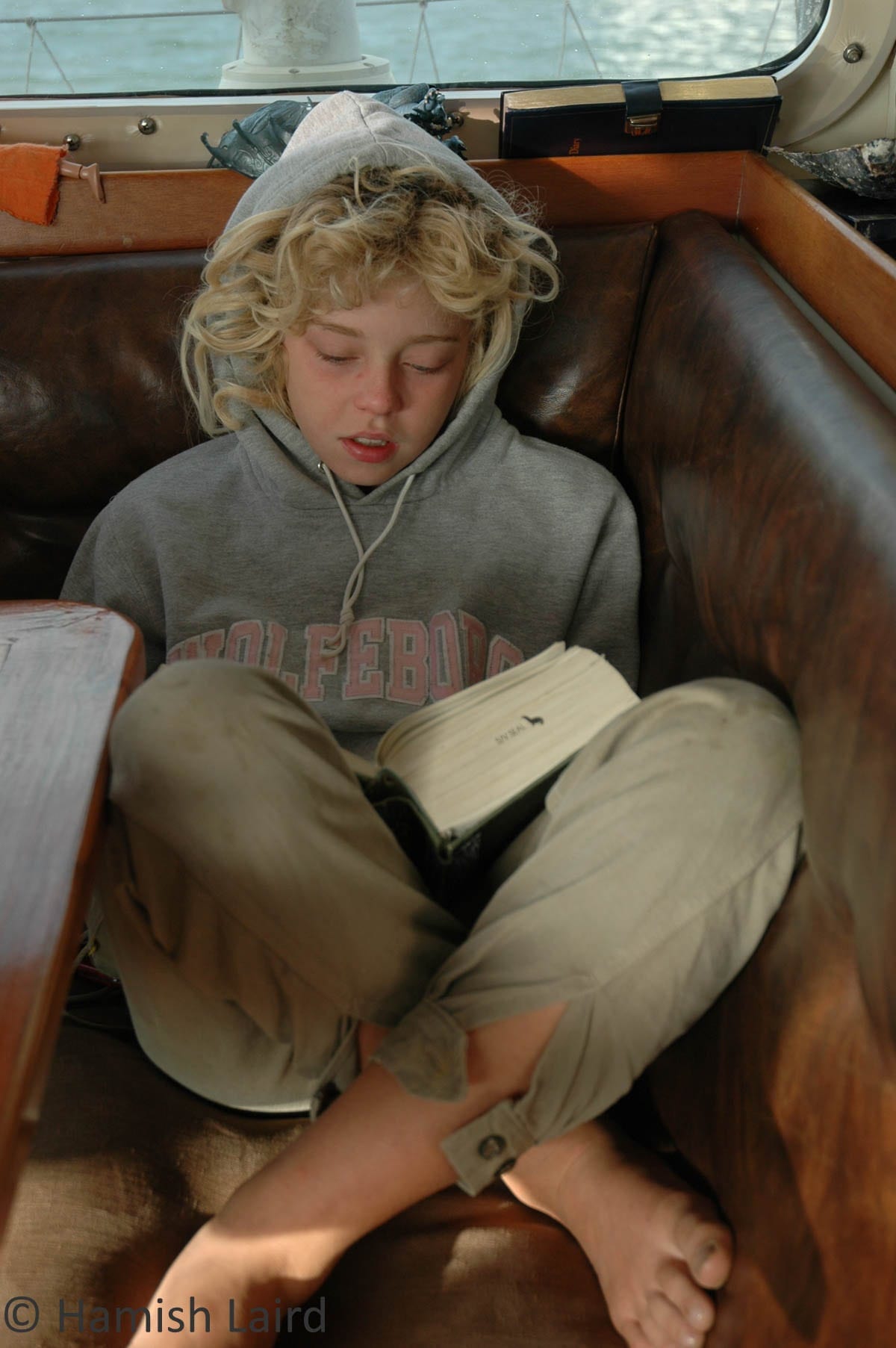Jan 4, 2017 | Kate Laird
By Kate Laird
Kate Laird will be participating in SEA Homeschoolers’ School of Choice Week, 2017, airing from January 22 to 28, 2017. Kate’s podcast will air on January 25.
Our school is an intersection of classical education and unschooling. I think of my philosophy as unschool when you can; teach when you must. Children love learning, they love making discoveries and they love being left alone to learn. I trust them to do this. Almost. If I left my children to completely unschool, they would read thousands of books and paint thousands of pictures, but they wouldn’t do math. My best friend’s child would have worked through every math program he could find, learned to program, but never read a history book.
When I began homeschooling, it was for geographic reasons, and I didn’t want my children to grow up thinking that I’d sacrificed their futures for the sake of our lifestyle. It was (and is) very important to me that they have all the educational opportunities that they would have had if we lived more sessile lives.
The disparate philosophies of homeschooling demonstrate that there are lots of ways to go about it – most of them successful, but they have to work within the family, for both the students and the teacher. I read with awe about the parents who develop elaborate, multi-subject projects, designing a learning structure that meets specific goals, while the children have a wonderful, fun time. That sounds like a lot of work! I like to think of an essay assignment (or better yet, have the kids generate their own), and let them write about it for a week, while I pre-read next month’s history assignment. Is that organizational sloth or classical homeschooling?
Through our years of homeschooling, I found I kept coming back to a few core ideas. The first was that school should be always difficult, never impossible. It took me a while to find this balance – and I often find I have pushed too far into the impossible, but I’m getting better at keeping an eye on it. I really don’t want them to have easy work: what’s the point? In practice, this means we don’t do worksheets, and we rely on writing summaries for both retention and proof of work. Summaries (sometimes called narration) are a whiff of classical and Charlotte Mason homeschooling. They’re also a great way to really learn material.
I also emphasized the development of reading and writing stamina. Students who’ve read a thousand books will have an easy time with reading high school literature, history, and science. Students who have read a couple of books a year will struggle. Reading improves reading – students who have read Lord of the Rings five times will have an easier time with 1984 and The Selfish Gene than those who have spent the same amount of time reading 36 week-long units with book excerpts, answering multiple choice questions about theme and meaning. Writing well comes from reading well and from writing practice, far more than from diagramming sentences and trying to learn vocabulary in workbooks.
Although I have stolen many ideas from Classical Homeschooling – my favorite is repeating the study of world history three times through in grades one to twelve – I don’t agree that students progress linearly through three stages of intellectual development. Instead, I see students using two types of knowledge acquisition: automatic and thoughtful. Students of all ages need both types of learning. Handwriting, letter recognition, musical instruments, math facts, and second language vocabulary are examples of automatic learning. Comprehending literature, composing music, essay writing, algebra, and class discussion are examples of thoughtful learning, which is learned, not by drilling, but by doing and doing again. The traditional classical learning would put all elementary school in the automatic category and all high school in the thoughtful, but all students use both, sometimes at the same time. Think about the automaticity you need to drive a stick shift car – your feet play the gas and the clutch and the brake without your conscious thought. At the same time, your thoughtful learning process and your experience comes into play, which is why a 40-year-old is usually a better driver than a 25-year-old with lightning-fast reflexes.
Pushing academics during school hours, unschooling whatever we can, and trimming some of the busy work has let us pursue a rigorous curriculum with a lot of free time for childhood. Children need time to be alone, as unsupervised as possible, working out their world. They need time to be bored and to figure out how to fill that time, without relying on adults, video games, or television to fill it for them. Imaginative games (even television-inspired ones) are important for children’s developments, for empathy, and I suspect they are helpful in developing readers and writers, for what are readers and writers, but creators of another world in the medium of sedentary words, instead of the running, pole-sliding, three-dimensional world of kindergarten play?
Do modern children have enough play time to create this world of the mind? I don’t have researched-based answers to this, but I do have a feeling that too many parent-directed (or coach-directed) activities, too many “quiet the children down with a screen” parenting decisions (whether it be television, a movie, or a game of Minecraft) get in the way of this part of intellectual development. Boredom is a precious childhood resource, not a scourge. It is from boredom that writers develop, readers emerge, artists draw, musicians play, creativity blooms.
Kate Laird is the author of Homeschool Teacher. www.katelairdbooks.com
Read More About Unschooling and Secular Homeschooling
Unschooling 101 with Jason Grooms
Unexpectedly Homeschooling a 2E Student
Treating Homeschooling Like a Job





